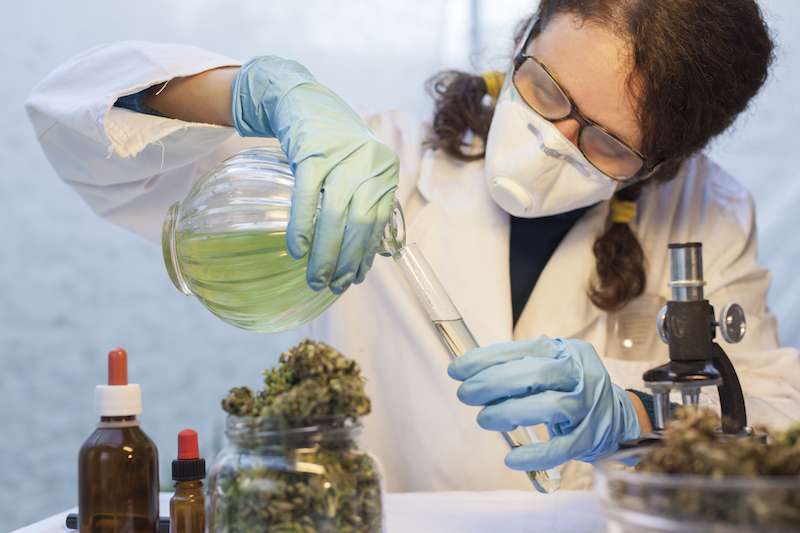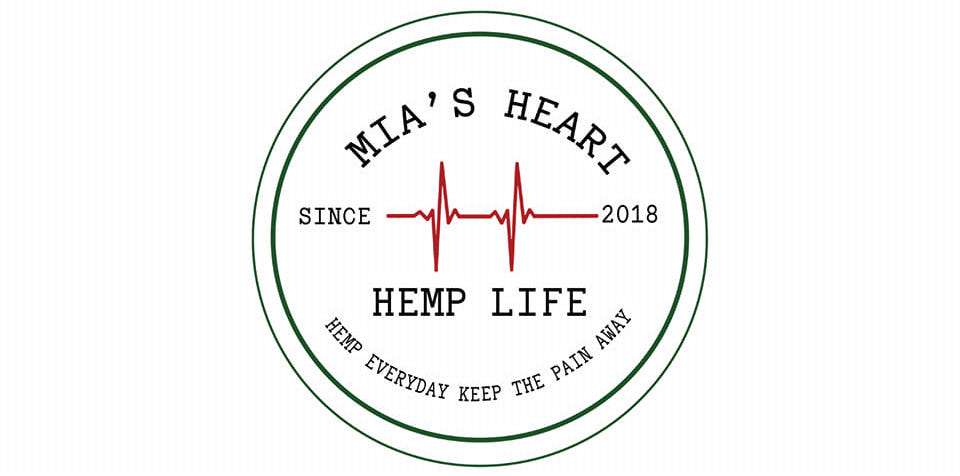Medical Marijuana: Uses, History, and Evidence
Cannabis Weekly I Presented by Mia’s Heart, Hemp Life
Photo: LPETTET via gettyimages.com
Symptoms related to anxiety, depression, appetite, pain and inflammation, nausea, and epilepsy are among those that medical marijuana treats.
Marijuana interacts with the human body when the chemical THC interacts with the body’s cannabinoid receptors in the brain. This interaction can change from person to person, but the most common effects are reduced pain and inflammation, increased appetite, and decreased nausea.
These interactions have sparked one of the primary questions regarding this plant: Is marijuana a legitimate medical treatment?
Below, we pull the facts from the fiction as we explore marijuana’s medical past, reputation, and proven medicinal qualities.
From Prohibition to Legitimate Medical Use
Marijuana, formally called cannabis, has had various reputations throughout the years. Most of the positions surrounding marijuana use have been negative. A prime example was the Marihuana Tax Act of 1937, which made marijuana outlawed for any use.
Today, cannabis has come a long way and progressed well beyond the general public’s initial perception of it as only a recreational drug. Many accept medical marijuana as a method to treat and alleviate diseases and their symptoms.
Medical marijuana’s usefulness lies in its cannabinoids, the active chemicals found in the plant that are naturally identical to cannabinoids produced in the human body. They are responsible for managing appetite, memory, movement, and pain.
Two of the most desired chemicals in cannabis are THC (tetrahydrocannabinol) and CBD (cannabidiol). Recreational users typically seek THC due to its psychoactive nature, called the high. Conversely, CBD doesn’t have the euphoric effect, but users report it relieves anxiety, depression, and pain.
Plus, in the late 1800s, U.S. and European pharmacies and doctors’ offices sold extracts to treat stomach problems and other ailments.
Marijuana’s Medical Reputation
Practitioners have used marijuana as medicine for thousands of years. Ancient and early physicians infused this plant into medicines and teas to dull pain and other ailments.
According to Medical Daily, medicinal cannabis first started in China, and its practice spread to the Middle East and Africa. Many considered it to be a medicine for various conditions, but doctors of the time also warned against overusing it, believing it could cause people to “see demons.”
Its history holds true today, as it’s still used as a way to manage pain, especially chronic pain related to arthritis, fibromyalgia, and migraines. It’s also gaining momentum as an alternative to opioids.
WebMD reports a study in which researchers polled nearly 3,000 medical marijuana patients. Most of them said the marijuana provided relief equal to their other medications but without the side effects.
The study also found that 97% of the patients said marijuana use helped them lower the number of opioids they took. And 81% said taking marijuana alone was more effective than using both marijuana and opioids.

The Hard Evidence: Epilepsy
The most substantial scientific evidence backs CBD’s success in treating epilepsy. Syndromes like Dravet syndrome and Lennox-Gastaut syndrome won’t always respond to anti-seizure medication. But, studies proved that controlled doses of CBD significantly reduced the number of seizures.
In 2018, results like these helped CBD-containing drugs like Epidiolex obtain U.S. Food & Drug Administration (FDA) approval. Epidiolex is the first-ever cannabis-derived medicine approved to treat these epileptic conditions.
Other Medical Uses
Marijuana users often experience an increase in appetite—AKA the munchies. That can be a substantial medical benefit for patients suffering from serious illnesses that cause significant weight loss. Some practitioners use marijuana to treat eating disorders to help establish healthy eating habits.
And others have found it useful for alleviating the side effects cancer patients experience when undergoing chemotherapy. In addition, HIV/AIDS patients reported it being helpful due to the symptoms associated with the disease that include appetite loss, nausea, and weight loss. In fact, treating HIV patients in the 1980s revived cannabis therapy.
Some claims say the CBD in marijuana reduces inflammation, stress, anxiety, and depression. However, more research is needed to substantiate these claims.
Ultimately, researchers continue to study claims of marijuana’s ability to treat various medical conditions. So far, it has gained legitimacy as a successful treatment for certain childhood epilepsy syndromes, and many others continue to use it for its reported medical benefits in alleviating other ailments.
Cannabis Weekly is presented by Mia’s Heart, Hemp Life. To provide relief. To educate. To Empower. It’s more than a retail transaction, it’s life changing.
Check out some great live photos here!
Connect With Mia’s Heart, Hemp Life:
Official: https://miasheart.com/
Facebook: https://www.facebook.com/miashearthemplife
Twitter: https://twitter.com/MiaHemp
Instagram: https://www.instagram.com/mias_heart_hemp_life


